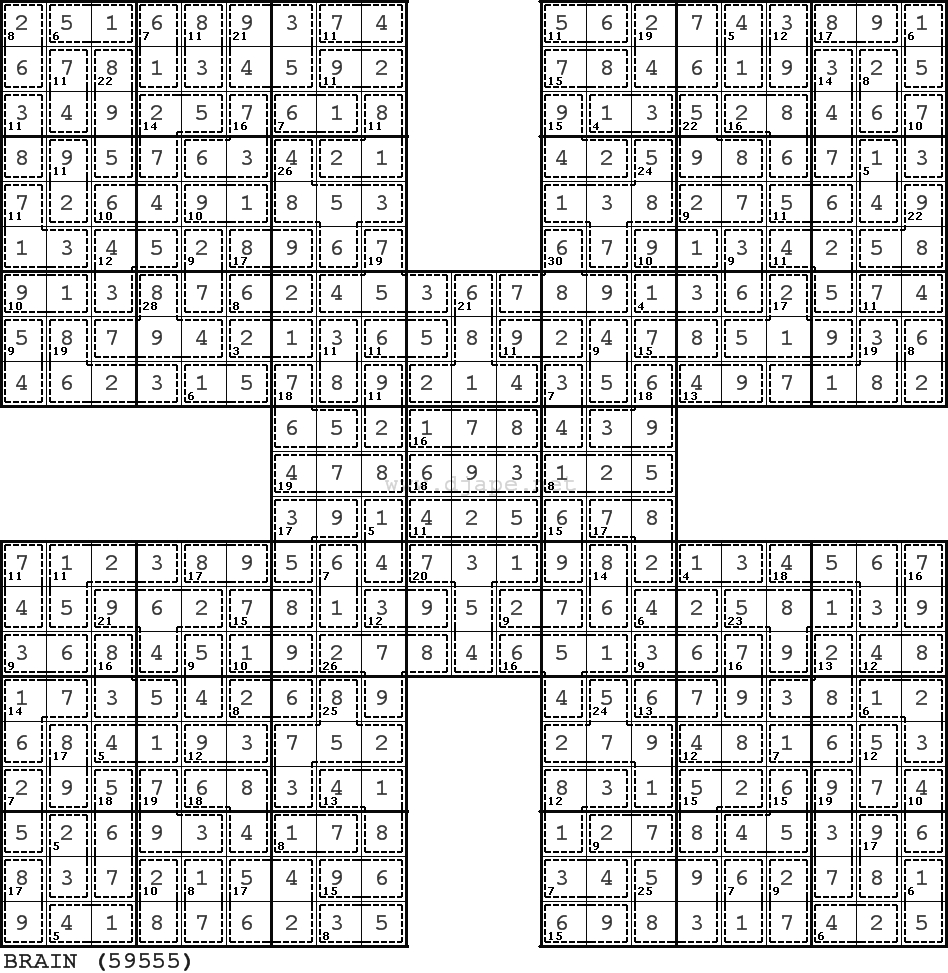
Samurai could also be ordered by their daimyō ( feudal lords) to carry out seppuku. Seppuku was used by warriors to avoid falling into enemy hands and to attenuate shame and avoid possible torture. The first recorded act of seppuku was performed by Minamoto no Yorimasa during the Battle of Uji in 1180. If the cut is deep enough, it can sever the abdominal aorta, causing a rapid death by blood loss. The ceremonial disembowelment, which is usually part of a more elaborate ritual and performed in front of spectators, consists of plunging a short blade, traditionally a tantō, into the belly and drawing the blade from left to right, slicing the belly open. As a samurai practice, seppuku was used voluntarily by samurai to die with honour rather than fall into the hands of their enemies (and likely be tortured), as a form of capital punishment for samurai who had committed serious offences, or performed because they had brought shame to themselves.
#Samurai sudoku code
It was originally reserved for samurai in their code of honour, but was also practiced by other Japanese people during the Shōwa period (particularly officers near the end of World War II) to restore honour for themselves or for their families. Harakiri refers solely to the act of disembowelment and would only be assigned as a punishment towards acts deemed too heinous for seppuku. While harakiri refers to the act of disemboweling one's self, seppuku refers to the ritual and usually would involve decapitation after the act as a sign of mercy.


'abdomen/belly cutting', a native Japanese kun reading), is a form of Japanese ritualistic suicide by disembowelment. Seppuku ( 切腹, 'cutting belly'), also called hara-kiri ( 腹切り, lit.


 0 kommentar(er)
0 kommentar(er)
